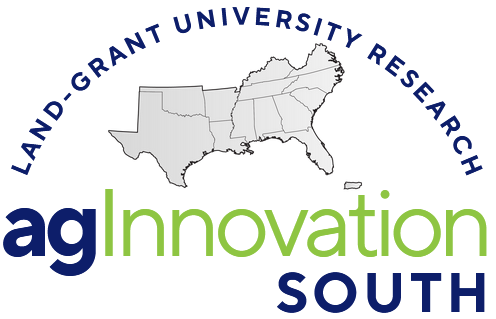
S_Temp1069: Research and Extension for Unmanned Aircraft Systems (UAS) Applications in U.S. Agriculture and Natural Resources
(Multistate Research Project)
Status: Draft
S_Temp1069: Research and Extension for Unmanned Aircraft Systems (UAS) Applications in U.S. Agriculture and Natural Resources
Duration: 10/01/2026 to 09/30/2031
Administrative Advisor(s):
NIFA Reps:
Non-Technical Summary
Statement of Issues and Justification
Unmanned/Unoccupied/Uncrewed Aircraft Systems (UAS) have rapidly emerged as transformative tools for agriculture and natural resource management. Equipped with diverse sensors, UAS now can collect high-resolution data at spatial and temporal scales that were nearly impossible a decade ago. These data support crop and livestock characterization, stress detection, and growth monitoring, enabling breeders, researchers, and producers to make rapid and robust decisions. Another key use of UAS is for scouting, providing fast, cost-effective assessment and early identification of problems across crops, animals, forests, pastures, and rangelands. More recently, spray drones, particularly those equipped with spot-spraying capabilities, have shown promise as precision agriculture tools. Since its initiation, the S1069 multistate project has demonstrated the value of coordinated research and extension by advancing sensing technologies, improving data workflows, and testing applications across crop production, livestock systems, forestry, and rangelands.
Despite significant advances, challenges remain especially on adoption of UAS as a routine tool across research/breeding programs and production systems. On the research side, having an easily accessible centralized UAS data management system is still lacking. On the production side, major issues are spatial coverage, and the need for computational capacities for processing large volume of data. Additionally, while UAS technology produces high-resolution data, many producers and land managers struggle to translate UAS imagery and sensor outputs into actionable insights that directly help decisions. Adoption of UAS also varies widely due to concerns over cost, workflow complexity, regulatory uncertainty, and unclear return on investment. To increase accessibility, research must focus on streamlining operations, reducing costs, and quantifying the economic benefits of UAS adoption. Broader adoption requires continuous evaluation of UAS-based tools across multiple crops, fields, time periods, and regions. Individual researchers at single institutions often lack sufficient crop diversity and geographic variability to adequately demonstrate broad UAS utility and having a formal mechanism will address this limitation by leveraging shared expertise and resources. Regulatory frameworks and public perception also influence the adoption of UAS. As the Federal Aviation Administration and state agencies evolve rules governing UAS equipment and operations, stakeholders require clear guidance and protocols to ensure safe, efficient, and responsible use of these technologies. In this context, Renewing the S1069 project will provide a platform to engage across states and agencies, evaluate policy impacts, and help reduce regulatory challenges. There is increasing demand for a workforce skilled in UAS operation, data processing, and analytics. Training should go beyond students and professionals to include extension and outreach personnel, who play a key role in connecting research with producers. By equipping these intermediaries with UAS expertise, the project can speed up technology transfer, boost adoption, and build producer confidence, greatly expanding its impact across agricultural systems and regions. This project will continue to help organize training programs and strengthen the development of skilled workforce.
Upon renewal, this project will continue to bring together multidisciplinary expertise in engineering, agronomy, natural resources, geospatial science, and extension. Its continuation will expand the scientific basis for UAS applications, accelerate technology transfer, and strengthen outreach through coordinated extension programming and producer demonstrations. It will also provide vital workforce training opportunities for students, professionals, and extension personnel, ensuring that the next generation of agricultural and natural resource leaders—and those who serve them—are fully prepared to use these technologies effectively. Thus, a formal mechanism for communication and collaboration will continue to facilitate the multi-institutional research, education, and extension activities needed to fully accelerate the advancement of UAS applications and clearly demonstrate their benefits which cannot be achieved fully by a single institution alone.
Related, Current and Previous Work
Objectives